You’re describing your friend to someone new.
Do you say “She’s a person” or “She’s a brilliant, caring person who lights up every room”?
Of course, you’d say the latter (if you share a strong bond with your friend).
These extra words that add warmth and character are called positive adjectives.
They turn “a car” into “a sleek, reliable car” and “a day” into “a perfect, sunny day.”
And that’s exactly what we’re covering in this blog.
In this blog, you’ll learn what is a positive adjective, how it differs from comparative and superlative forms, and how to spot the contrast between positive vs. negative adjectives.
We’ll also give you a handy list of common positive adjectives, plus practical tips to use them effectively, and so much more.
Let’s dive in.
Key Takeaways
- There are three degrees of adjective. Positive adjectives are the base form (tall) before comparative (taller) and superlative (tallest).
- Position creates different meanings. Placing adjectives before nouns vs after verbs changes emphasis and tone in your sentences.
- Categories make choosing easier: Whether describing people (kind, smart), things (bright, clean), or experiences (fun, exciting), knowing groupings speeds up your writing.
- Positive beats negative every time. Words like “affordable” vs “cheap” or “persistent” vs “stubborn” shape how readers feel and respond to your message.
- Smart usage gets results. Be specific over generic, avoid overloading sentences, match your context, and use AI tools to refine your choices.
Definition of Positive Adjective
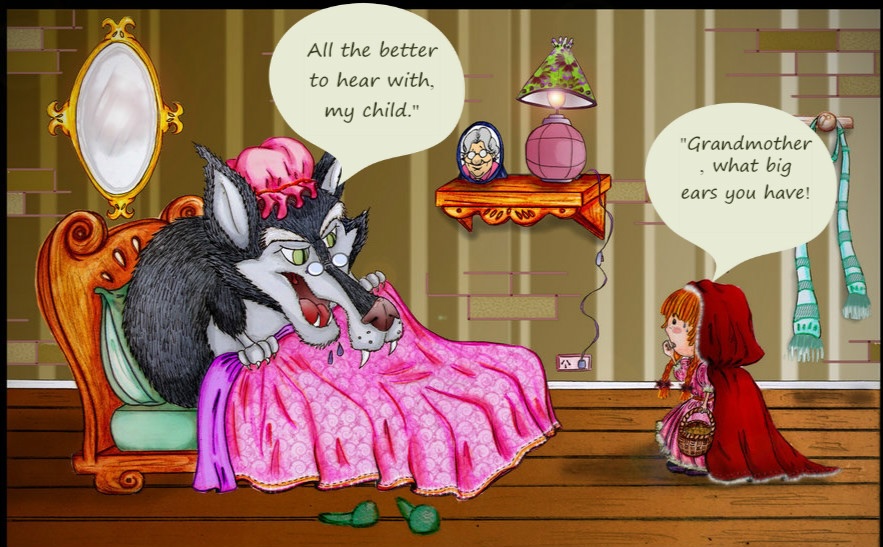
What’s a positive adjective? A positive adjective is the most simple, and original form of an adjective.
It is also called the base form, and it describes a quality or characteristic of a noun without making any comparison.
For example, take the adjective “happy,”


Never Worry About AI Detecting Your Texts Again. Undetectable AI Can Help You:
- Make your AI assisted writing appear human-like.
- Bypass all major AI detection tools with just one click.
- Use AI safely and confidently in school and work.
- Happy is the positive form.
- Happier is the comparative form (used to compare two things).
- Happiest is the superlative form (used to compare more than two things).
So, when you say, “She is happy,” you’re simply describing her mood. No comparison is being made here. That’s the role of a positive adjective.
It is an uninflected adjective which doesn’t have any endings like -er or -est, or use modifiers like more or most. It stands on its own.
The Role in Comparison (Positive vs Comparative vs Superlative)
Once you understand what is a positive adjective, the next step is to see how it functions in comparisons and where it fits in a sentence.
Adjectives can express different three degrees of a quality.
| Form | Use Case | Formation | Example (with “tall”) |
| Positive | Describes a single noun without any comparison | This is an uninflected adjective | She is tall. |
| Comparative | Compares two nouns or groups | Formed by adding -er to short adjectives. | She is taller than her sister. |
| Superlative | Compares three or more nouns/groups | Formed by adding -est or using “most.” | She is the tallest in the class. |
There are a few grammar rules to follow based on the number of syllables in the adjective:
1 – One-syllable adjectives → Add -er/-est
- fast → faster → fastest
- small → smaller → smallest
2 – Two-syllable adjectives ending in -y → Change -y to -i and add -er/-est
- happy → happier → happiest
3 – Two or more syllables → Use more/most
- beautiful → more beautiful → most beautiful
- expensive → more expensive → most expensive
4 – Irregular forms must be memorized
- good → better → best
- bad → worse → worst
- far → farther → farthest
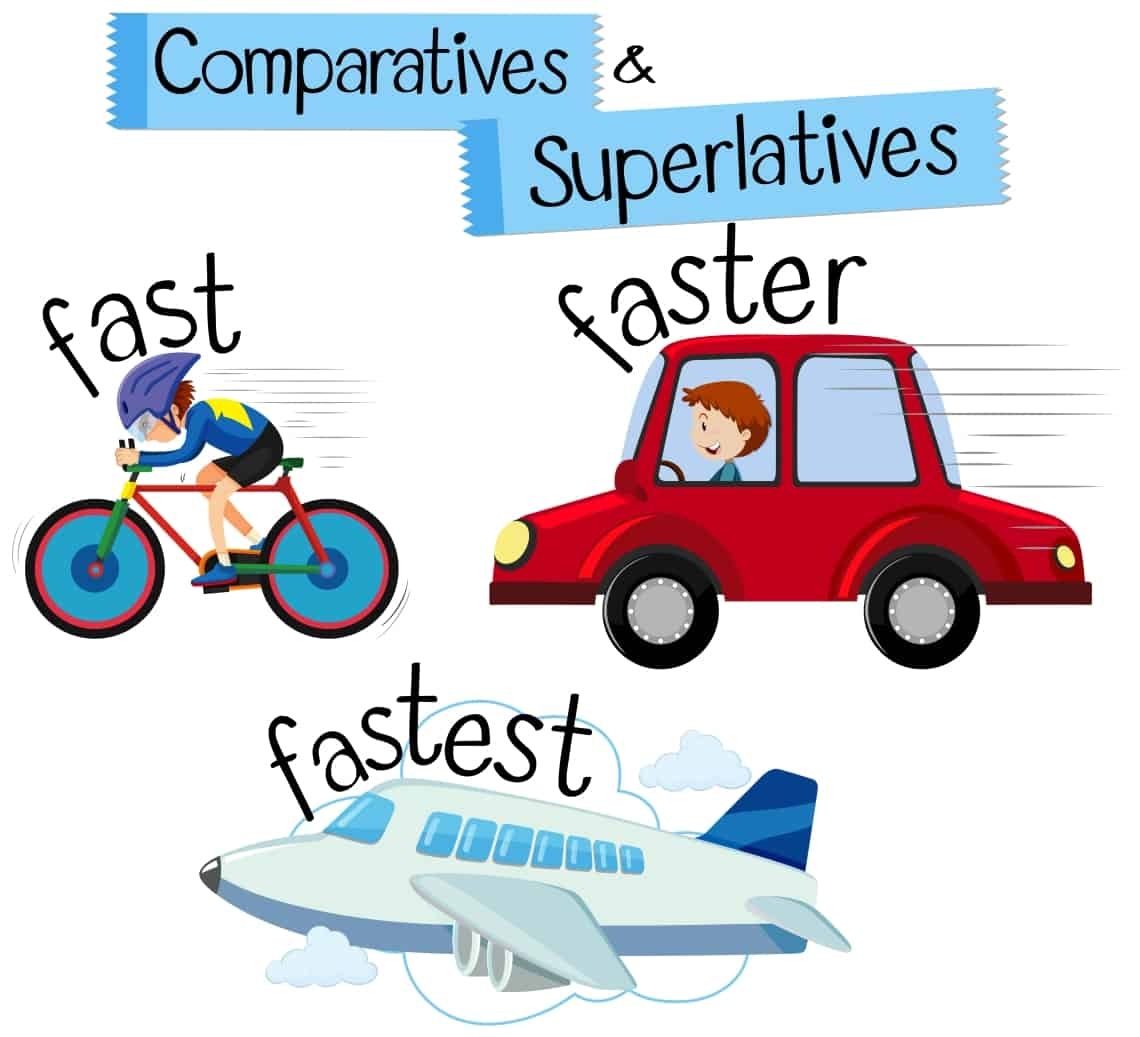
Adjective Position in a Sentence (Before Noun or After Verb)
Adjectives typically appear in two positions:
- Attributive Position (Before a noun)
Example: She wore a beautiful dress.
→ Here, “beautiful” directly describes the noun “dress.”
- Predicative Position (After a linking verb)
Example: The dress is beautiful.
→ Here, “beautiful” comes after the verb “is” and still describes the subject.
So, does the position affect the meaning of a sentence?
Yes. Sometimes, moving an adjective changes the tone or clarity. For example:
- The responsible person → implies the person has a general trait.
- The person is responsible → emphasizes that the person is acting responsibly in that context.
Additionally, some adjectives only work in specific positions. For example:
“Asleep” is only predicative.
Correct: The child is asleep.
Incorrect: An asleep child.
Not sure if a word is positive an adjective or what degree it falls into? Ask AI to instantly identify the adjective form and ensure grammatical accuracy as you write.
Example prompts for Ask AI:
- Is ‘stronger’ a comparative or superlative adjective?
- Is positive an adjective in this sentence?
- What form of adjective is used in: ‘This is the most exciting part’?

Examples of Positive Adjectives in Use
Let’s break down how positive adjectives describe people, things, and experiences.
You’ll also notice more examples of what is a positive adjective in context.
- Describing People: kind, smart, helpful
When describing people, positive adjectives help convey someone’s personality, intelligence, or social traits. These words shape how we perceive someone’s character and abilities.
Example:
| Trait Type | Examples | Example in a sentence |
| Personality traits | kind, generous, thoughtful, reliable | She is a kind teacher who listens to everyone. |
| Intellectual qualities | smart, creative, analytical, insightful | He’s a smart student who always finds unique solutions. |
| Social behavior | helpful, friendly, approachable, supportive | Our new colleague is very approachable and easy to talk to. |
- Describing Things: bright, clean, quiet
We often use positive adjectives to describe objects, places, or environments, especially in writing that aims to inform, sell, or evoke emotion.
Example:
| Category | Examples | Example in a sentence |
| Visual appearance | bright, colorful, elegant, sleek | The new website design is sleek and modern. |
| Physical quality or build | clean, smooth, sturdy, comfortable | These shoes are both sturdy and comfortable. |
| Environmental feel | quiet, spacious, cozy, organized | The room was bright and inviting. |
- Describing Experiences: fun, relaxing, exciting
Experiences can be emotional, physical, or mental. The adjectives we choose can deeply influence how they’re remembered or described to others.
Example:
| Category | Examples | Example in a sentence |
| Emotional tone | fun, thrilling, peaceful, satisfying | The event was fun and filled with laughter. |
| Physical sensation | relaxing, energizing, refreshing, invigorating | The spa treatment was deeply relaxing |
| Mental or cognitive effect | exciting, inspiring, enlightening, challenging | It was an exciting workshop that sparked new ideas. |
Positive vs Negative Adjectives
Not all adjectives are created equal. While positive adjectives uplift and paint a favorable picture, negative adjectives can create bias, change the mood, or even discourage engagement.
Let’s understand how this contrast works:
- How Meaning Affects Reader Perception
The adjectives you choose influence how readers feel, what they assume, and how they respond. For example:
- Positive Impact: Words like “friendly,” “reliable,” or “innovative” can make something feel trustworthy or modern.
- Negative Impact: On the other hand, “boring,” “weak,” or “messy” create a negative emotional response.
Similarly, a product described as “affordable” suggests value. Call it “cheap” instead, and it sounds low-quality.
- Emotional Influence: Adjectives act like emotional triggers. For example:
“The meeting was long.” vs. “The meeting was thorough and productive.”
This subtle shift in tone is why positive adjectives are vital in marketing, UX writing, resumes, social bios, and product descriptions.
- Emotional and Descriptive Contrast
Let’s look at how one adjective can make a sentence feel completely different, even when the facts don’t change. For example:
- It was a cold day.
→ It was a brisk, refreshing morning. (same weather, different mood) - She lives in an old house.
→ She lives in a charming, vintage home. (old becomes appealing) - He drives a small car.
→ He drives a compact, efficient car. (emphasizing benefits)
There are adjectives that serve both purposes. “Old” might be negative when describing technology, but positive when describing antiques.
- Examples Side by Side
Here’s a clearer look at how positive vs negative adjectives can shift tone in different contexts:
| Context | Negative | Positive |
| Professional | Stubborn | Persistent |
| Marketing | Small | Compact |
| Product | Cheap | Affordable |
| Personal | Arrogant | Confident |
| Environment | Noisy | Lively |
| Writing | Wordy | Detailed |
>>> Also Read: 150+ Positive & Negative Adjectives To Describe A Person
Fix your flat or neutral descriptions, with an AI-Powered Essay Rewriter.
It elevates your tone while swapping out plain or overly negative adjectives for words that feel more intentional, positive, and reader-friendly.
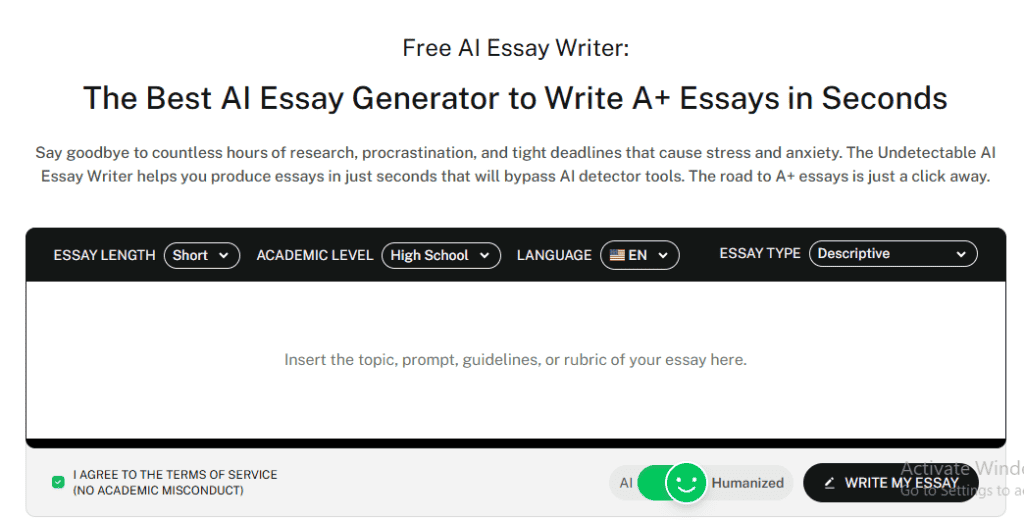
List of Common Positive Adjectives
Now that you understand what is a positive adjective, let’s break them down by use case:
1 – Appearance
Use these when describing physical beauty, design, or visual appeal:
- Beautiful
- Attractive
- Elegant
- Stunning
- Radiant
- Gorgeous
- Chic
- Sleek
- Graceful
- Well-groomed
2 – Personality & Character
Describing someone’s inner qualities or social traits:
- Kind
- Gentle
- Friendly
- Patient
- Honest
- Compassionate
- Thoughtful
- Supportive
- Reliable
- Understanding
3 – Performance & Results
Perfect for achievements, efforts, and outcomes:
- Excellent
- Remarkable
- Impressive
- Outstanding
- Efficient
- Accomplished
- Productive
- Skillful
- Talented
- Dedicated
4 – Size / Quantity / Generosity
Ideal when expressing abundance, contribution, or scale:
- Generous
- Abundant
- Substantial
- Ample
- Lavish
- Overflowing
- Considerable
- Profuse
- Hearty
- Bountiful
5 – Quality & Value
Used for describing the standard or superiority of something:
- Premium
- Superior
- Exceptional
- Flawless
- Pristine
- High-end
- Dependable
- Durable
- Refined
- Top-tier
6 – Intensity Levels (Gradation Examples)
Choose based on how strong or enthusiastic the tone needs to be:
| Mild | Moderate | Strong | Very Strong |
| Good | Great | Excellent | Outstanding |
| Nice | Impressive | Amazing | Phenomenal |
| Fine | Skilled | Talented | Masterful |
| Simple | Effective | Powerful | Game-changing |
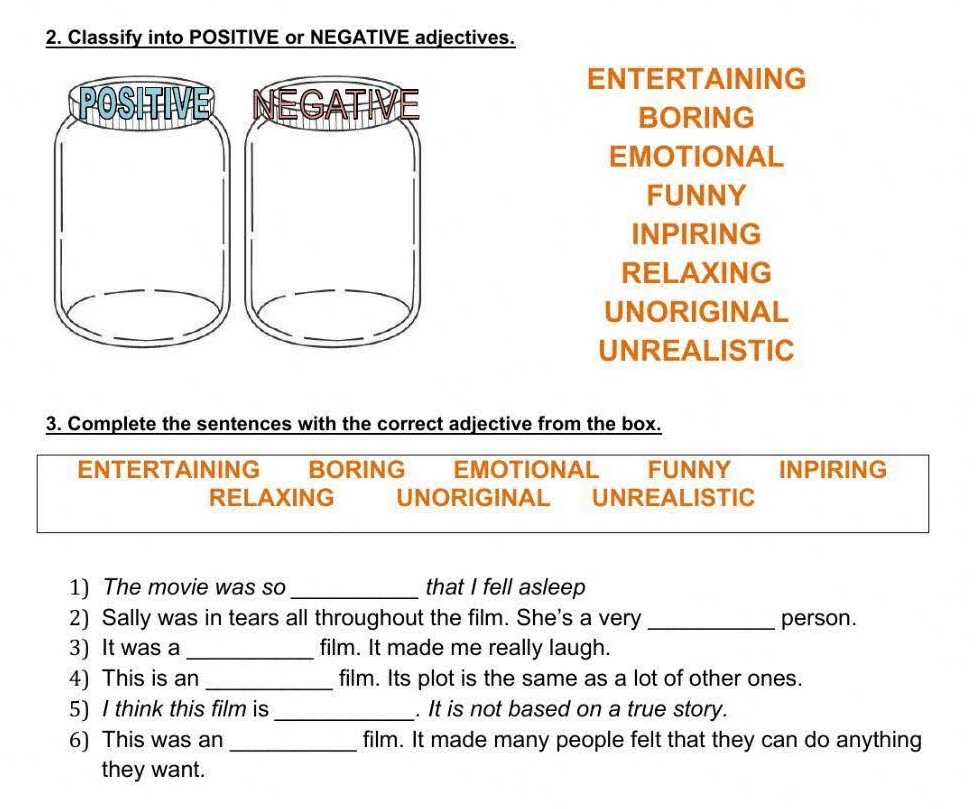
Tips to Use Positive Adjectives Effectively
Below are essential tips to make your descriptions more engaging, believable, and impactful.
- Be Specific, Not Generic
Vague adjectives like “nice” or “good” do little to spark interest. Instead, opt for words that paint a sharper picture.
- Instead of → try this
- a good painting → a vibrant, emotionally stirring painting
- red dress → a crimson silk dress
- Avoid Overloading Sentences
Stacking multiple adjectives can dilute meaning and create clutter.
- Cluttered: She’s a smart, kind, beautiful, friendly, talented woman.
- Clearer: She’s a kind and talented woman with a sharp mind.
- Match Context and Tone
Some adjectives work better in formal writing, others in casual speech.
- Formal: distinguished, competent, outstanding
- Casual: cool, fun, awesome
- Use Sensory-Driven Descriptions
Engage your readers by tapping into the five senses:
- Sight: gleaming, colorful
- Sound: melodic, soothing
- Touch: smooth, coarse
- Taste: zesty, rich
- Smell: fragrant, musty
- Show, Don’t Just Tell
Instead of flat descriptions, combine adjectives with storytelling:
- Telling: He was exhausted.
- Showing: The runner, drenched in sweat, stumbled across the finish line, gasping for breath.
- Combine Thoughtfully
Pair complementary adjectives for layered meaning:
- A calm, confident speaker
- A bold yet respectful opinion
- Pair with Strong Verbs
Adjectives gain more impact when paired with vivid actions:
- The radiant sun pierced through the clouds.
- Her gentle words soothed the anxious child.
AI Humanizer transforms your bland or robotic-sounding adjectives to something more personal, relatable, and emotionally tuned.
It’s especially helpful when your descriptions feel too generic or lack warmth.
Passing your content through this tool gives your words the human touch they need to resonate.
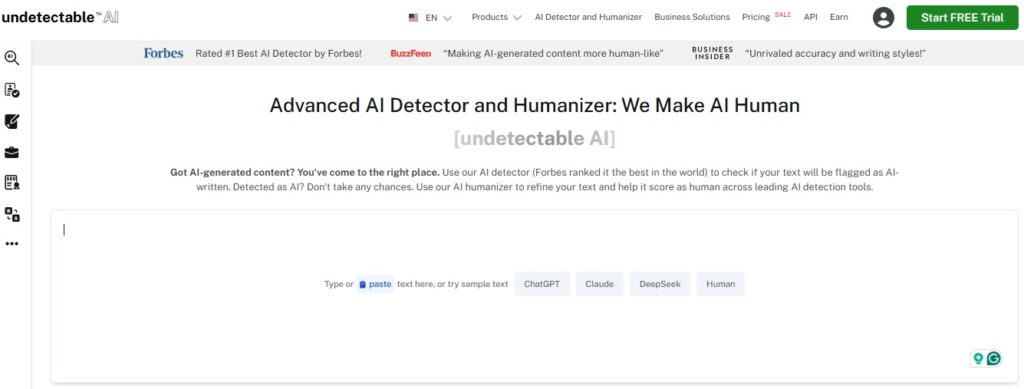
Down below lives your new favorite tool—our AI Detector and Humanizer!
Final Thoughts
So before we wrap up….
What’s the difference between someone who writes “It was a good meeting” and someone who writes “It was a productive, energizing discussion that sparked three new ideas”?
The second person understands that words create a reality.
Positive adjectives help you connect emotionally, paint vivid mental pictures, and influence how others feel, remember, and respond to what you say or write.
And if you’re wondering, “But can’t I just keep things simple and skip all this?”
You absolutely can.
But simple doesn’t have to mean bland. Even a small shift from “a product” to “a game-changing product” can make a big difference.
So next time you speak, write, or describe, ask yourself: Am I just informing? Or am I inspiring, too?
Need help finding the right words?
Let Undetectable AI elevate your writing with clarity, tone, and impact that truly connects.
